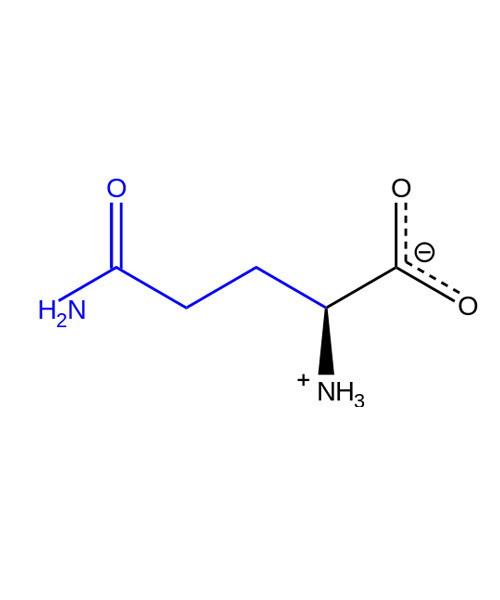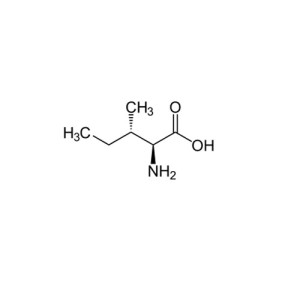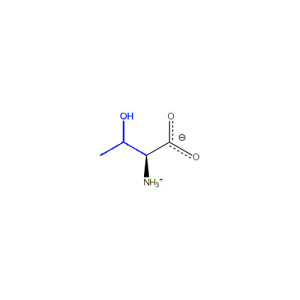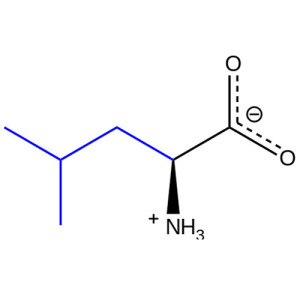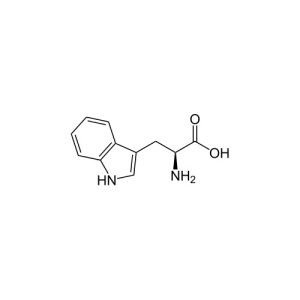L-Glutamine
Glutamine (abbreviated as Gln or Q; encoded by the codons CAA and CAG) is an ɑ-amino acid that is used in the biosynthesis of proteins. It contains an α-amino group (which is in the protonated -+NH3 form under biological conditions), an α-carboxylic acid group (which is in the deprotonated –COO- form under biological conditions), and a side chain amide which replaces the side chain hydroxyl of glutamic acid with an amine functional group, classifying it as a charge neutral, polar (at physiological pH) amino acid. It is non-essential and conditionally essential in humans, meaning the body can usually synthesize sufficient amounts of it, but in some instances of stress, the body's demand for glutamine increases and glutamine must be obtained from the diet.[2][3]
Starting at $13.93
Product Description
| IUPAC name
Glutamine
|
|
| Other names
L-Glutamine
(levo)glutamide 2-Amino-4-carbamoylbutanoic acid |
|
CAS Number
|
56-85-9 |
| Abbreviations | Gln, Q |
| ChEBI | CHEBI:28300 |
| ChEMBL | ChEMBL930 |
| ChemSpider | 718 |
| EC Number | 200-292-1 |
|
IUPHAR/BPS
|
723 |
| Jmol interactive 3D | Image |
| KEGG | C00303 |
| PubChem | 738 |
| UNII | 0RH81L854J |
|
InChI[show]
|
|
|
SMILES[show]
|
|
|
Chemical formula
|
C5H10N2O3 |
| Molar mass | 146.15 g·mol−1 |
| Melting point | decomposes around 185°C |
|
Solubility in water
|
soluble |
| Acidity (pKa) | 2.2 (carboxyl), 9.1 (amino) |
|
Chiral rotation ([α]D)
|
+6.5º (H2O, c = 2) |
| ATC code | A16AA03 |
|
Structure and
properties |
Refractive index (n), Dielectric constant (εr), etc. |
|
Thermodynamic
data |
Phase behaviour solid–liquid–gas |
|
Spectral data
|
UV, IR, NMR, MS |

